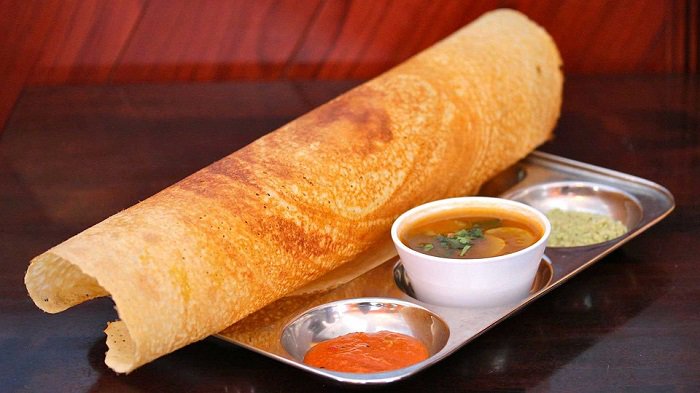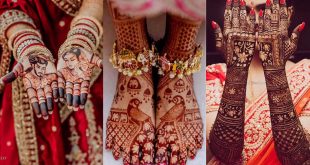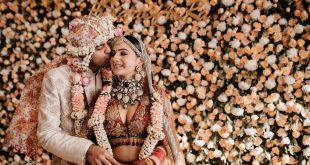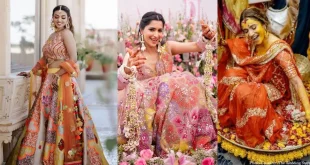If you wish to explore a country in the true sense, the best way is to be part of a celebration there. In India, festivities and celebrations are culturally and religiously deep-rooted. Marriages in India are not simply defined by the holy vows, the fun and enthusiasm amongst relatives and friends start way before the actual day.
You need to attend one to experience first-hand the culture of ethnic India. Be it the dress, the food, the different rituals or the hospitality, there is no beating the traditional Indian wedding when it comes to an enriching lifetime experience. Be it a simple wedding from Kerala or the pomp and show of a big fat Punjabi wedding, you must participate to get a feel of the richness behind one of the world’s oldest civilization.
Things that make the Indian weddings stand out from the rest of the world are –
The festivities start way before the wedding date and continue for days without interruption. Most typical Indian weddings, irrespective of the region, span for at least 5-7 days endlessly.
The Food at Indian Weddings
There can be no greater attraction than spread of Indian cuisine and dishes – from spicy North Indian snacks to the simple South Indian food – it is almost like a food festival. There are as many choices as attendees present at the venue – from yummilicious curries to delicious side dishes to different types of breads – you can never run-out of choices with almost 15-20 main course items accompanied by lots of sweet dishes.
The Rituals at Indian Weddings
As varied as Indian dialects and languages. Some typical highlights-
In a Parsi wedding, where the bride’s mother throws raw eggs, coconut, dates and rice over the groom’s head.
The morning Malayali wedding where the groom ties the thali around the bride’s neck.
In a Jain wedding, the Jina Grahe Dhan Arpana – where both families offer food, clothes and donations to the poor and needy.
In a Marathi wedding the first invitation goes to Lord Ganesha and in an Odishi wedding Lord Jagannath is the first to be invited.
The covering of the bride’s face by a betel leaf in a Bengali wedding and with a peacock feather in a Kannada marriage.
In a Marwari wedding the hitting of a Toran by the groom with a neem stick.
The Hospitality at Indian Weddings
Guests or Athithis have always received a special place in Indian households. They are treated no less than god himself. From taking care of his stay to his transport to his attire to feeding him different types of cuisines, you never want the festivities to end ever.
Dresses/Attires and Adornments at Indian Weddings
Colours, hues, different styles and costumes – there is no end to variety and diversity. Red, of course, remains the core colour because it treated as auspicious. Some examples of the unicity –
The bright coloured Lenga and the chooda of the North Indian bride. The Mehendi on the bride’s foot and hand.
The conventional Kalpush (headgear) of the Kashmiri bride.
The Alta coloured feet and the mukut of a Bengali bride.
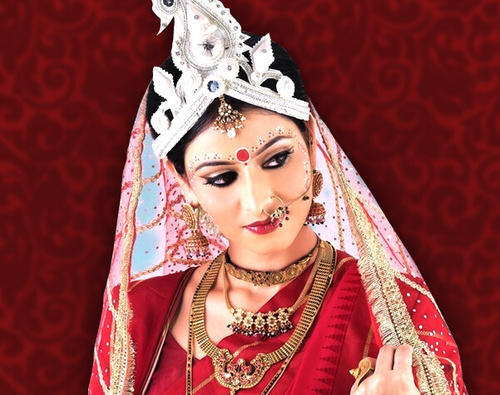
Manipuri brides wear the raslila skirt.
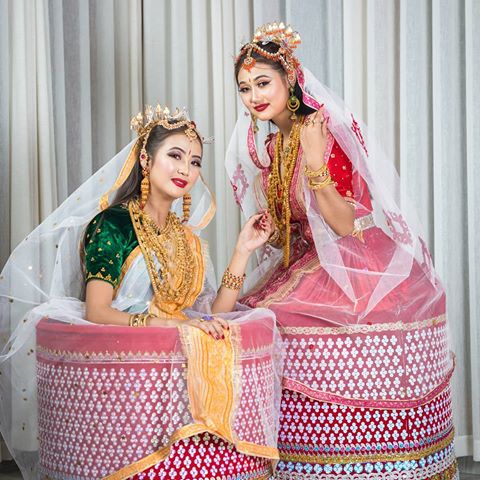
The off-white Mekhela chadar of the Assamese bride.
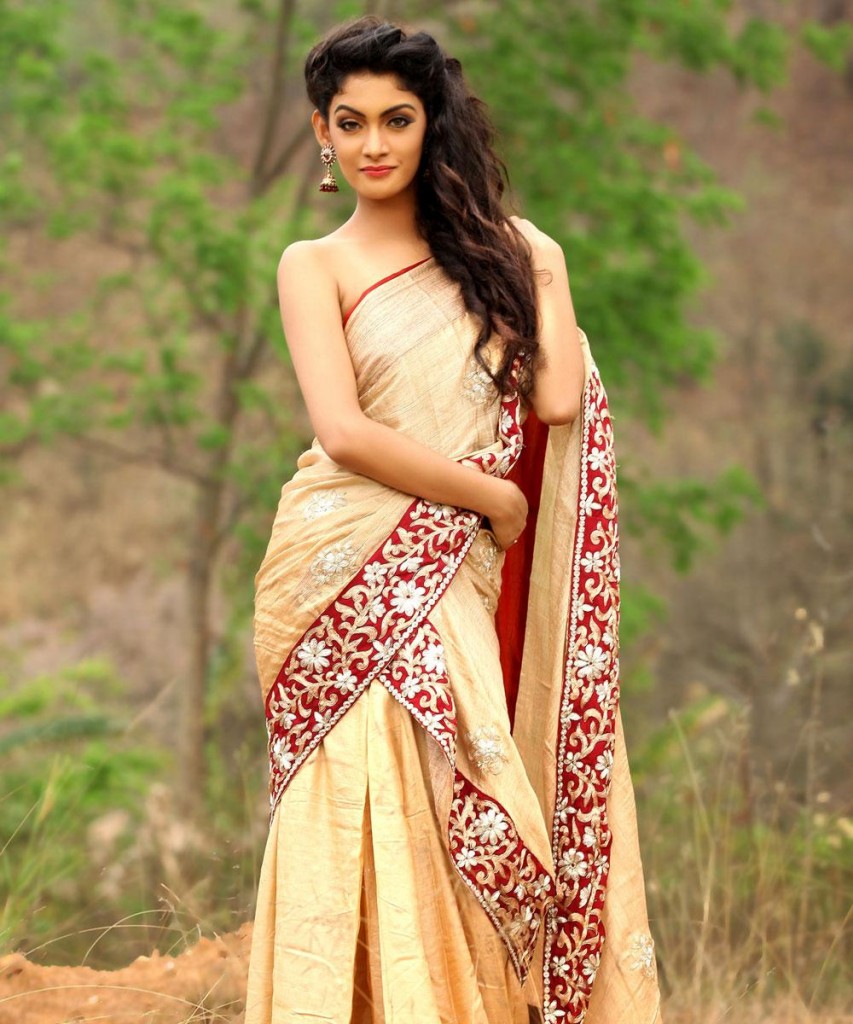
Looking for a Venue? Browse and book best-suited Venues for weddings from VenueLook.com
 Event, Party & Wedding Planning Tips & Ideas for Celebrations Party and Event Planning Tips, Resources and Venues
Event, Party & Wedding Planning Tips & Ideas for Celebrations Party and Event Planning Tips, Resources and Venues

